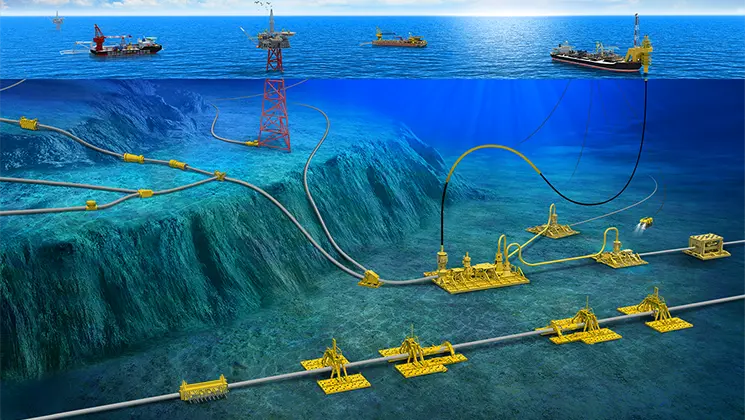Subsea engineering is a fascinating field that deals with the design, installation, operation, and maintenance of underwater systems and equipment that attempt to extract gas or oil from the depths of the seabed and bring them to shore or to a FPU (floating production system) or a FPSO (floating production, storage and offloading) vessel.
It involves the development of subsea infrastructure, such as oil rigs, wells, and pipelines, for the extraction of resources from beneath the ocean floor. Subsea engineers work on projects ranging from oil and gas extraction to renewable energy, communication networks, and environmental monitoring. They must consider extreme water pressures, corrosive environments, and remote locations, requiring innovative solutions and advanced technologies. The field combines traditional engineering disciplines with cutting-edge techniques to ensure the safe and efficient operation of subsea systems.
Learn about:
